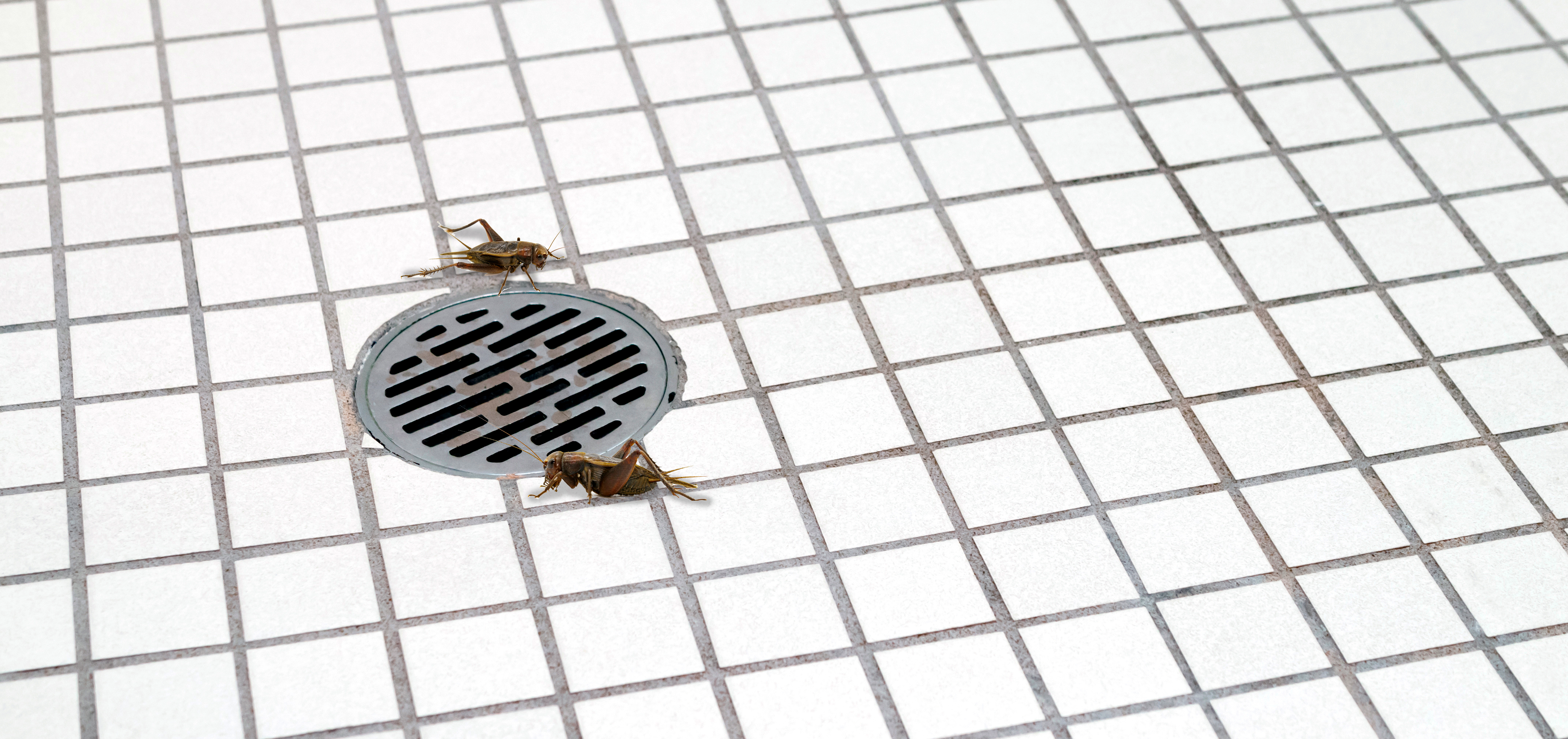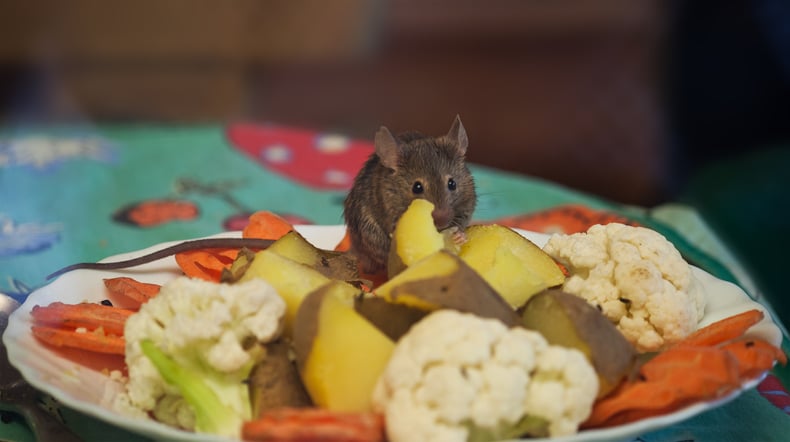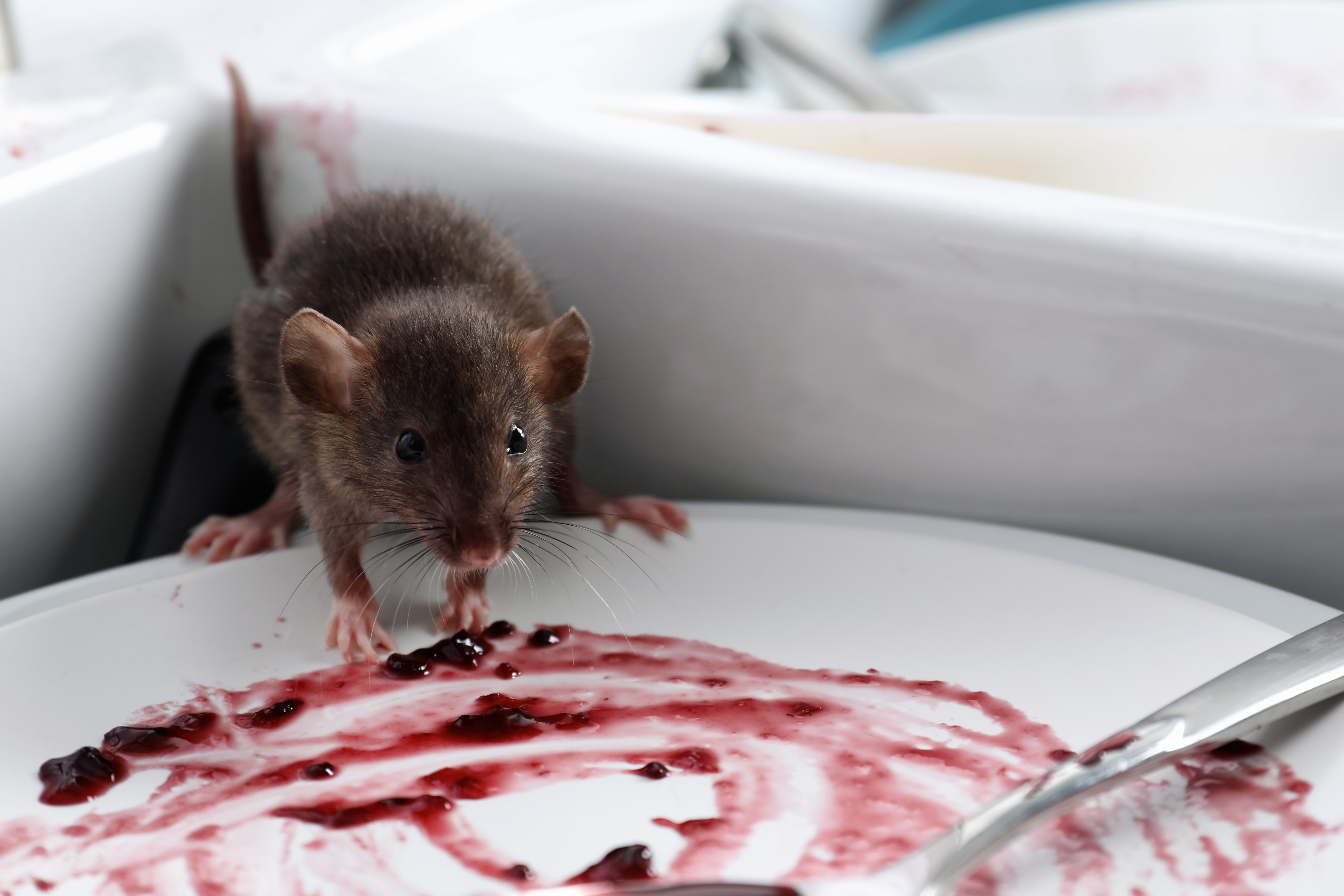Time to face the music–spring is here and so are crickets. Just as ants, bees, cockroaches, pincher bugs, silverfish and spiders, these noisy creatures become highly active in warmer weather, and spend the nights searching for food and serenading potential mates. However, these musical insects can cause a lot of chaos and physical damage around your home if an infestation occurs, and removal often requires professional help. Learn all about crickets, why they’re so active in the spring, and how to get rid of them, by reading onwards!
Why are crickets active in spring
Crickets experience increased activity in warmer weather. As the colder temperatures from the winter season fade away and spring arrives, crickets can be seen far more frequently. In fact, many of their biological processes are directly affected by temperature. Cricket eggs hatch faster in warm temperatures, and the rate of their chirping increases with the heat. That means that warm spring weather will cause crickets to emit more of their signature chirps. Once crickets reach adulthood, most of their time is spent either looking for food or a mate, making the warm spring and summer seasons the peak time for cricket activity.
All about crickets
Crickets can vary in color and size, but many crickets are between 0.1 and 0.8 inches long and brown or tan in color. They have a thin, long body with 6 legs and 2 different pairs of wings. The stiff front wings are used to make the chirping noise that crickets are famous for, while the back wings are used for flight. Crickets are nocturnal creatures and spend most of their adult life looking for a mate during the nighttime. As omnivores, they can eat a huge range of plant and animal matter. Aphids, larvae, flowers, seeds, fruit, fabric, carpet, paper, and any food scraps left in your kitchen are all excellent food sources for crickets.
Are there specific types of crickets In Southern California
While there are over 100 unique species of crickets in the USA, not all of them are local to Southern California. However, Southern California does have its fair share of crickets, including the:
- House cricket
- Field cricket
- Camel cricket
- Jerusalem cricket
It’s highly important for residential homeowners to be able to identify each species of cricket, in order to best determine ways to remove a cricket infestation from the specific species. In addition to the species listed above, Southern California is home to other varieties of crickets as well, though not as commonly.
Why do crickets come into my home and garden
Crickets come into homes and gardens in search of food sources, moisture, and shelter. Gardens can provide a great source of food for hungry crickets, who like to munch on both plant matter and garden pests, like aphids. Crickets are also drawn to messy yards with tall grass, wood piles, and mulch, as well as areas around your property where water collects. Inside, crickets can easily find food in your kitchen as well as, bathrooms and basements. Bright lights can also attract crickets to both your indoor and outdoor spaces.
While crickets generally do not pose huge risks to humans, they can still spread harmful diseases and cause physical damage to your property. Firstly, they can pass along dangerous bacteria, such as e.coli and salmonella, that can seriously harm humans in the household. Their feces can also occasionally contain worms, which can cause rashes and painful sores to break on skin. In terms of damage to your property, crickets can feast on a variety of natural fabrics and substances around your home, such as expensive fabric or furniture upholstery.
What are some signs of a cricket infestation?
One of the most obvious signs of a cricket infestation is their chirping. If you can hear a lot of chirping around your residential property, chances are high that you’ve got a cricket infestation. Other signs of a cricket infestation include gnawed clothing and fabric. Compared to other fabric-eating pests like moths, crickets create large holes in clothing and furniture.
How to prevent a cricket infestation and get rid of crickets
The best way to stop a cricket infestation is to prevent it from occurring. In order to stop crickets from coming to your residential property, homeowners should:
- Ventilate moist areas well
- Keep the lawn mowed short
- Move wood piles away from the house
- Switch to yellow or sodium vapor outdoor lighting
- Seal all potential entry holes
If a cricket infestation has already occurred on your property, there are various pest removal methods available. Molasses traps and diatomaceous earth (DE) can help reduce cricket populations. Insecticide is also effective, though it can be dangerous for small children and pets living in your home.
The best method of effectively getting rid of a residential cricket infestation is to call for professional pest control assistance. AIPM is primed to aid all Southern California homeowners in the prevention and removal of cricket infestations, for locations in Simi Valley, Santa Clarita, Oxnard, Sherman Oaks, Malibu, Woodland Hills, and beyond!
Conclusion
Warmer spring weather can cause cricket activity to soar, as they search for mates and as the temperature speeds up both their rate of development and frequency of chirping. If they’re able to enter your home, these noisy pests can keep you up at night and also damage countless different fabrics and materials. Once a cricket infestation has occurred, then it’s best to have it dealt with by a professional, in order to quickly and confidently restore your home. For comprehensive pest control services in the Southern California area, contact AIPM for unparalleled service.





.webp)



Submit a Comment